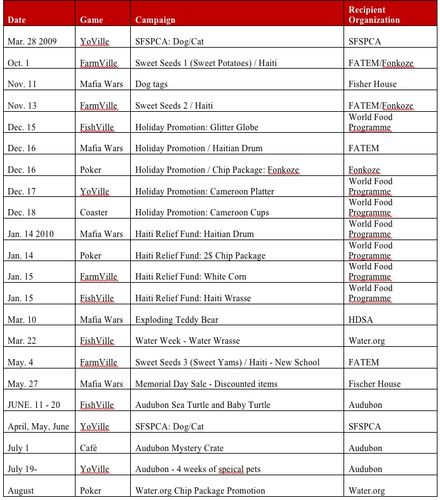Regulation Strangulation
I've written a bit about net neutrality on this blog in the past few years. Every time I do, I hear about problems with regulating the Internet. The readers of this blog are a fairly "laissez faire" bunch. Guess what? So am I.
Somehow net neutrality got painted as "regulating the Internet" when it is really all about not regulating the Internet. Net Neutrality is about keeping the way the Internet works today; an open Internet where innovation is allowed and freedom reigns.
In the past ten years, the on ramp to the Internet has changed. Hundreds, maybe thousands, of dial-up providers have been replaced in the US by a handful of broadband providers with local duopolies. And we now have a wireless Internet in the US with an on ramp controlled largely by four carriers (two of which have the dominant market share). And these access providers have invested heavily in packet detection systems that will allow them to use their dominant positions to "manage their networks".
So now we have a situation where the access providers want to change the game. And they are seeking the regulatory approval to do just that.
Venture backed startups and venture capitalists don't use regulations and lobbying as competitive advantages. We don't have armies of lobbyists. We don't have congress on our payroll. But the access providers certainly do. They have been regulated for a long time. They know how the game is played and they use it to their advantage. Regulation is their game. They want our government to regulate the Internet and they want those regulations written in a way that allows them to do what they want to do. A regulated Internet is a comforting thought to the access providers and a frightening thought to entrepreneurs and the ecosystem around them.
I don't want to see the Internet regulated. I don't want rules that require oversight and adjudication. But given that we now have an on ramp that is tightly controlled by a small set of access providers with almost identical interests, I would like to have one basic rule that is so simple that everyone understands what it means and we can simply follow it.
Our firm are fans of the work of Barbara Van Schewick, Professor of Law at Stanford, who argues for the following simple rule:
A non-discrimination rule that bans all application-specific discrimination, but allows all application-agnostic discrimination. Discrimination is application-specific if the discrimination is based on the specific application or content (e.g. Skype is treated differently from Vonage), or based on classes of applications or content (e.g. Internet telephony is treated differently from e-mail).
That is all we need. Nothing more, nothing less. That is net neutrality. A policy that maintains the way the Internet works today. That has brought us Google, Amazon, eBay, Yahoo!, Facebook, Twitter, and many many more innovative web services.
There is a lot of debate and discussion going on in Washington, Silicon Valley, New York City, and all around the country right now about net neutrality and regulating the Internet. We have big companies with huge vested interests making proposals that are heavyweight and are not startup friendly. We don't need Google, Verizon, AT&T, or anyone else telling us how to regulate the Internet. We don't need pages and pages of rules written by lawyers that will employ lawyers for years to come.
We just need to choose not to discriminate on the web and thereby maintain the way the Internet works today. I hope that everyone will come to their senses and realize that is the simplest, easiest, and best path forward.










